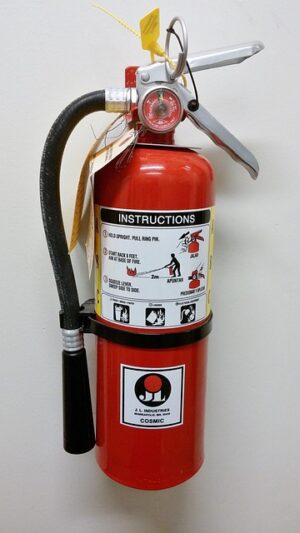TL;DR:
Effective communication through precise translations is vital in the medical device industry for user safety and regulatory compliance. Specialized Translation services for Medical Device Manuals UK employ linguistically skilled professionals with medical expertise to prevent hazards from inaccurate translations. These services guarantee clear instructions globally, fostering safer device utilization. Choosing reputable providers adhering to standards like ISO 17100 is crucial, backed by positive reviews and a proven track record. Rigorous Quality Assurance processes ensure accuracy in complex manuals, catering to diverse linguistic and cultural landscapes. This ensures consistent, reliable user instructions worldwide, as demonstrated by successful case studies from leading UK companies.
Ensuring accurate translations of medical device manuals is paramount for global accessibility and patient safety. In a multicultural market like the UK, precise communication is vital to prevent misuses or misunderstandings. This article delves into the critical aspects of achieving flawless translations, exploring everything from selecting specialized translation services with medical expertise to implementing rigorous quality assurance processes. We’ll navigate technical jargon, cultural adaptations, standardization, testing, and continuous improvement, providing insights through case studies and highlighting the significance of professional translation services for medical devices in the UK.
- Understanding the Importance of Accurate Translations
- Choosing the Right Translation Service for Medical Devices
- Language Expertise and Specialty in Medical Terminology
- Quality Assurance Processes for Manual Translation
- Handling Technical Jargon and Complex Instructions
- Cultural Adaptation for Global Device Usage
- Standardization Across Multiple Languages and Versions
- Testing and Validation Methods for Translated Manuals
- Continuous Improvement and Feedback Loops
- Case Studies: Successful Translations in Action
Understanding the Importance of Accurate Translations
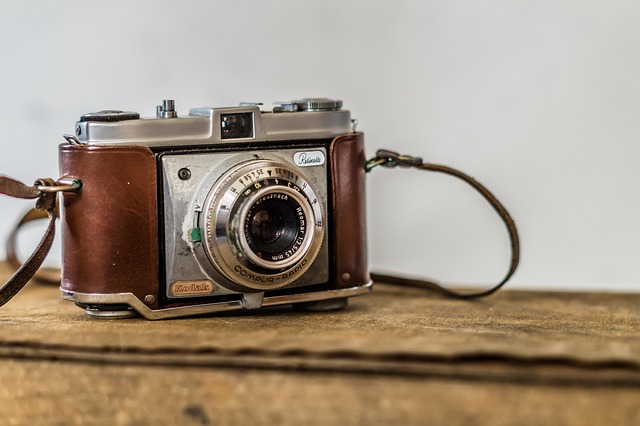
In the realm of medical devices, clear and precise communication is paramount to ensure user safety and compliance with regulatory standards. This is where translation services for Medical Device Manuals UK step in as a game-changer. Accurate translations are not just beneficial; they are essential. When translating device manuals, it’s crucial to go beyond simple word substitution to grasp the technical nuances and intricate details involved. The precision required in medical literature demands expertise to convey complex medical terminology and instructions accurately across languages.
Inaccurate translations can lead to miscommunication, incorrect usage, or even potential safety hazards. Therefore, engaging professional translation services that specialize in medical device documentation is vital. These services employ linguists with domain-specific knowledge who understand the context and terminology of medical devices, ensuring that translated manuals are as effective and comprehensive as their original counterparts. This meticulous approach guarantees that users worldwide receive clear instructions, thereby fostering safer and more efficient device utilization.
Choosing the Right Translation Service for Medical Devices
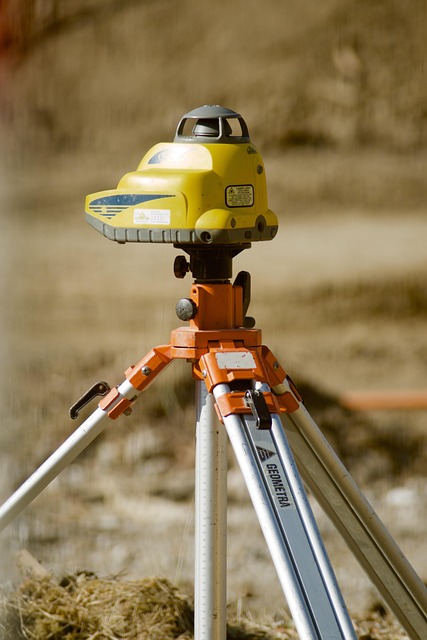
When it comes to medical device manuals, precision is paramount. Selecting a translation service that understands the nuances of medical terminology and regulatory requirements is crucial for ensuring safety and compliance. Look for providers in the UK who specialise in this field, offering native-speaking translators with expertise in both language and healthcare. They should adhere to industry standards like ISO 17100, guaranteeing accuracy and consistency throughout the translation process.
Reputation and experience are key indicators. Reputable services will have a proven track record of handling medical device manuals, showcasing their ability to capture complex concepts accurately. Referrals from industry peers or reviews can provide valuable insights into a provider’s quality and reliability, helping you make an informed decision for your critical documentation.
Language Expertise and Specialty in Medical Terminology

When translating medical device manuals, accuracy is paramount to ensure user safety and compliance with regulations. Language expertise in this field goes beyond basic translation skills; it requires specialized knowledge of medical terminology and concepts specific to the device’s purpose. This is crucial for conveying precise instructions and warnings that resonate with healthcare professionals or end-users.
In the UK, where regulatory standards are stringent, translation services for medical device manuals should ideally be handled by linguists who possess not only native proficiency but also a deep understanding of medical terminology. This specialization ensures that technical details, clinical procedures, and potential hazards are translated accurately, minimizing risks associated with miscommunication. Such expertise is vital in maintaining the integrity of instructions and ensuring devices are used safely and effectively.
Quality Assurance Processes for Manual Translation
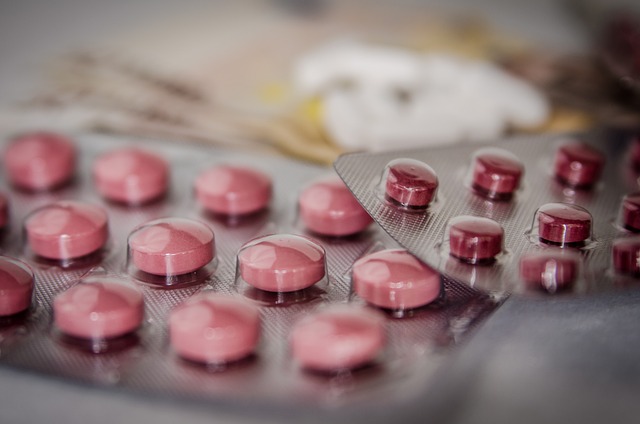
Ensuring accuracy in device manuals’ translation is paramount, especially in highly regulated industries like healthcare. Translation services for medical device manuals in the UK often employ rigorous Quality Assurance (QA) processes to guarantee precision and consistency. These processes typically begin with a thorough review of the source content by expert linguists who possess specialized knowledge in medical terminology. They carefully analyze every aspect, from technical jargon to regulatory compliance, ensuring the translation aligns perfectly with the original intent.
Further QA measures involve using advanced tools for machine translation post-editing, where human translators refine and verify translations, identifying and rectifying any discrepancies. In-context reviews and back-translation services are also employed to assess the quality of translations. These processes not only catch errors but also maintain the manual’s clarity and efficiency, ensuring it effectively communicates critical information to end-users across diverse linguistic landscapes.
Handling Technical Jargon and Complex Instructions
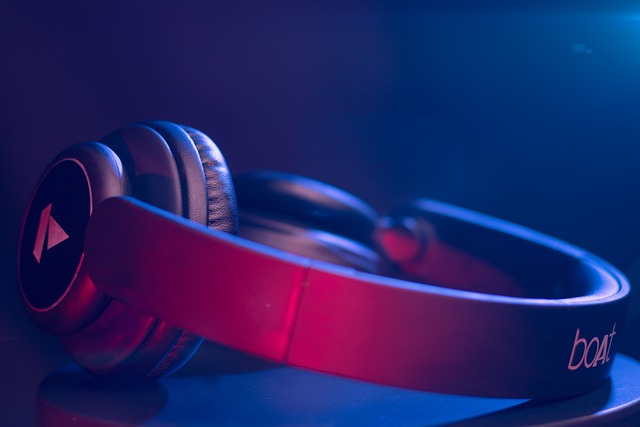
When translating medical device manuals, accuracy is paramount, especially when dealing with technical jargon and complex instructions. These critical components require a deep understanding of both the source language and the target language, as well as domain expertise in the medical field. Relying on professional translation services for Medical Device Manuals UK ensures that qualified translators handle these intricacies.
Specialized translators who are native speakers can accurately convey technical terms and precise instructions while adhering to regulatory requirements. They employ glossaries and style guides specific to medical devices, ensuring consistency throughout the manual. This meticulous approach guarantees that users receive clear and correct information, vital for safe and effective device usage, regardless of their linguistic background.
Cultural Adaptation for Global Device Usage
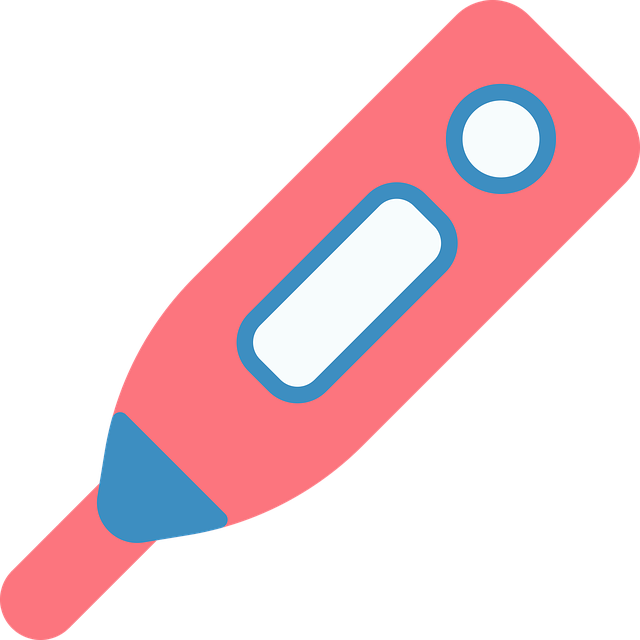
When translating device manuals for a global audience, cultural adaptation is paramount to ensure clear communication and effective user comprehension. Medical device manuals, in particular, require precise translation services that consider not only linguistic differences but also cultural nuances. For instance, what appears as a simple instruction in one culture might have different implications or be understood literally in another. Professional translation services in the UK, specialised in medical devices, employ native speakers and subject matter experts to navigate these complexities. They understand that a one-size-fits-all approach doesn’t work when it comes to global device manuals.
Cultural adaptation involves more than just translating words; it’s about relaying instructions and concepts in a way that resonates with diverse user groups. This might include adapting terminology, considering local customs and habits, and ensuring the tone aligns with cultural expectations. For example, in some cultures, directiveness is preferred in instructional language, while others may prefer a more indirect, polite approach. Translation services for medical device manuals must be attuned to these subtleties to avoid misinterpretation and ensure users can confidently operate their devices safely and effectively worldwide.
Standardization Across Multiple Languages and Versions
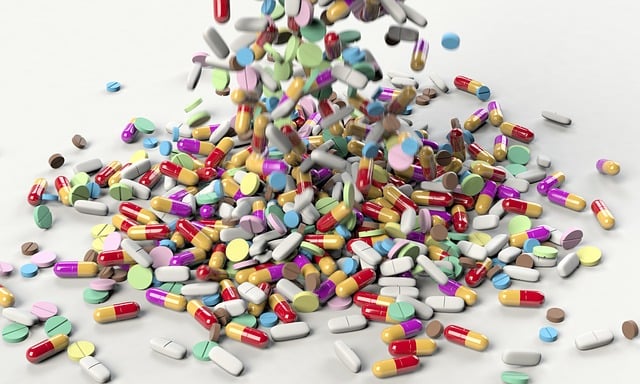
Maintaining accuracy in the translation of medical device manuals is paramount, especially with the global distribution of such products. Standardization across multiple languages and versions is a critical step to ensure consistency. Reputable translation services for Medical Device Manuals UK often employ a systematic approach. This involves creating comprehensive glossaries and style guides that are tailored to the specific industry and product type. By standardizing terms, even when translating into different languages, these resources help maintain semantic coherence. For instance, technical jargons and precise terminology related to medical devices must be accurately rendered in every language version, preserving their original meaning and intent.
Furthermore, quality assurance processes are integral to standardization. This includes thorough reviews by subject matter experts who verify the translated manual’s technical accuracy and regulatory compliance. Such measures ensure that the translated document aligns perfectly with the source material, regardless of the language barrier. Thus, users worldwide receive clear, consistent, and reliable instructions for their medical devices.
Testing and Validation Methods for Translated Manuals

When it comes to translating medical device manuals, accuracy is non-negotiable. Testing and validation are critical components of ensuring that translated documents remain precise and reliable throughout the process. One effective method involves parallel testing, where the original manual and its translation are laid out side by side, allowing for a direct comparison. This approach helps identify any discrepancies in terminology, syntax, or even cultural nuances that might have been overlooked during the translation phase.
Additionally, back-translation is another valuable technique. Involving a native speaker or expert from the target language to translate the translated manual back into the source language can reveal subtle errors or misinterpretations. This process acts as a quality control measure, further reinforcing the accuracy of the translation services for medical device manuals UK, which are subject to stringent regulatory standards and require meticulous attention to detail.
Continuous Improvement and Feedback Loops

In the realm of medical device manuals, accuracy is paramount. Continuous improvement and robust feedback loops are essential components in ensuring high-quality translations. Reputable translation services for Medical Device Manuals UK often implement rigorous quality assurance processes that involve multiple rounds of review by subject matter experts and native language speakers. This iterative approach helps to catch subtle errors or ambiguities missed during initial drafts, fostering continuous enhancement.
Effective feedback loops facilitate ongoing communication between translators, clients, and end-users. By encouraging input from all stakeholders—from technical writers to medical professionals—translation services can stay attuned to emerging industry standards and user needs. This collaborative environment promotes the seamless integration of new terminology, ensures consistency across manuals, and ultimately bolsters the accuracy of translated content.
Case Studies: Successful Translations in Action
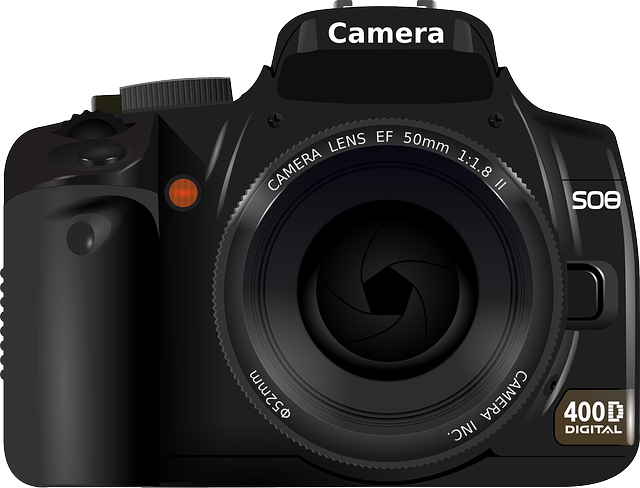
In the realm of medical device manuals, accurate translations are non-negotiable. Case studies from leading UK companies highlight the impact of high-quality translation services. For instance, a top medical device manufacturer faced a challenge when introducing their cutting-edge equipment to an international market. They partnered with expert translators who not only converted the manual into multiple languages but also ensured technical precision and regulatory compliance. The result? Seamless product adoption across diverse markets, setting a benchmark for successful translations in action.
Another notable example involves a UK-based biotech startup expanding globally. Their compact yet powerful device required clear instructions for users worldwide. They engaged specialized translation services that went beyond simple word-for-word rendering. Translators delved into the cultural nuances, resulting in user manuals tailored to each target market. This approach not only improved user experience but also enhanced the company’s global reputation, demonstrating the power of accurate translations in the medical device industry.
Ensuring accurate translations for medical device manuals is paramount to global accessibility and patient safety. By selecting reputable translation services specialising in medical devices, leveraging language experts with medical terminology proficiency, implementing rigorous quality assurance processes, and adopting cultural adaptation strategies, manufacturers can achieve precise and consistent communications. Standardization across languages and versions, coupled with testing and validation methods, reinforces clarity and comprehension. Continuous improvement through feedback loops solidifies the critical role of translation services for medical device manuals in the UK and worldwide, ultimately enhancing patient care and product success.
